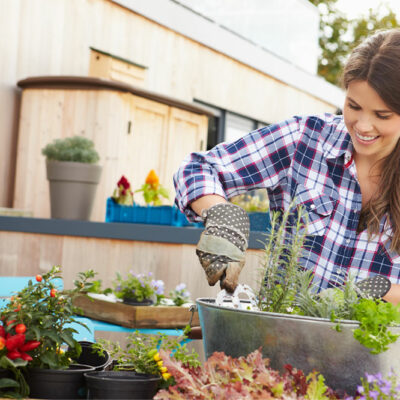
01
Guide to the iPhone 14 Series – Top 6 Things to Know
Curious about the new iPhone 14 series and looking to learn more about the crucial specifications and the offers one can get? This article sheds light on the iPhone 14 series and what one can expect regarding Black Friday 2023 deals. So, let’s get started and explore the specifications of the iPhone 14 series and the ongoing deals that will help one determine the kind of discounts to expect on Black Friday. Here are a few things to know about the iPhone 14 series 1. iPhone 14 specifications The iPhone 14 has impressive specifications that will catch one’s attention. With its XDR OLED display, one can enjoy a stunning visual experience with a resolution of 1170 x 2532 and a 6.1-inch screen size. Its iOS 16 operating system and A15 Bionic chipset bring fast and seamless performance to the iPhone 14. The ceramic shield glass provides durability and protection. With a pixel density of 460 ppi, every detail on the screen will come to life. Choose from three storage variants: 128GB, 256GB, and 512GB, and enjoy a smooth multitasking experience with 6GB of RAM. The Face ID sensor ensures secure and convenient authentication. Capture stunning photos with the 12MP Ultra Wide camera and take advantage of features like the Photonic Engine for enhanced image processing. Record videos in 4K resolution and explore the world with the help of the digital compass and proximity sensor. 2. Top iPhone 14 offers Looking for the best deals on the iPhone 14? Here are some of the top offers one can find for the iPhone 14: Apple iPhone 14 at Apple Store Get it for $33.29/month or $799 for 24 months, and trade in an old device and get up to $650 off. Apple iPhone 14 (128GB) at BEST BUY It is on sale at BEST BUY for $29.16/month for 24 months and is compatible with T-Mobile.
Read More 

